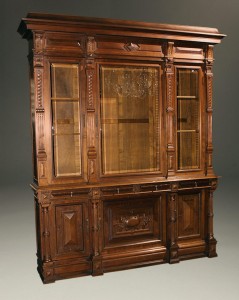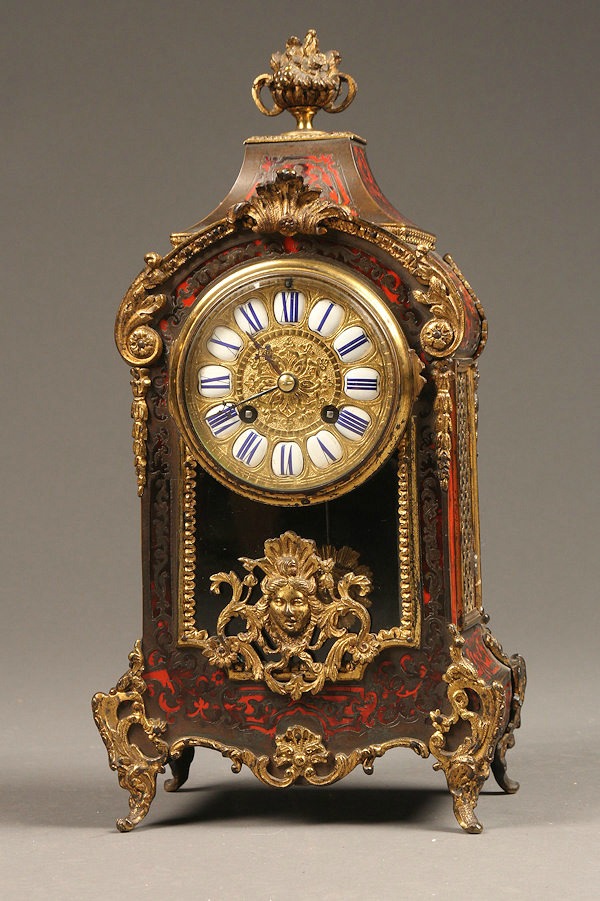
It may be hard to remember when we last relied on traditional clocks to keep time for us. This late 19th century French Napoleon III style Boule mantle clock is a beautiful example of how these pieces once served a central role in our lives. Circa 1880, this piece was designed to be beautiful as well as practical. The case is made out of Boule—tortoise shell laminated over wood, and inlayed into a bronze sheet. The bronze ormolu, (a fancy word for ornately decorated), is complimented by a doré (gold-plated) bronze dial. The clock numerals are made out of enamel, and the top is adorned with a bronze urn of fruit and flowers. Typical of the Napolean III style, the feet are splayed.
Of particular note is the depiction of the sun god on the doré bronze pendulum. Louis the XIV was referred to as the “Sun King”, and we believe this design was included as an honor to the monarch. Continue reading “Exquisite Antiques: French Napoleon III Style Boule Mantle Clock” »

 This particularly beautiful piece is a late 19th century French Louis XV Style commode. Circa 1890, it is made with a mixture of exotic woods—rosewood, mahogany, satinwood, and tulipwood. The bronze adornments are referred to as ormolu because they are so ornate, and include the mounts, pulls, escutcheon and feet. Deep red Royal Rouge marble, which was highly popular at this time, sits on the top.
This particularly beautiful piece is a late 19th century French Louis XV Style commode. Circa 1890, it is made with a mixture of exotic woods—rosewood, mahogany, satinwood, and tulipwood. The bronze adornments are referred to as ormolu because they are so ornate, and include the mounts, pulls, escutcheon and feet. Deep red Royal Rouge marble, which was highly popular at this time, sits on the top.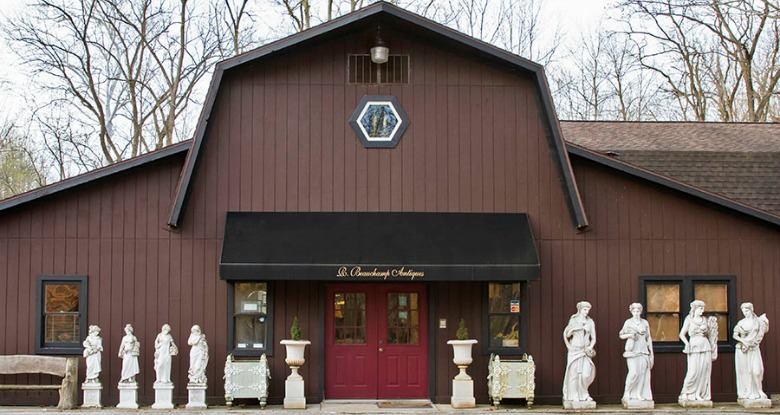
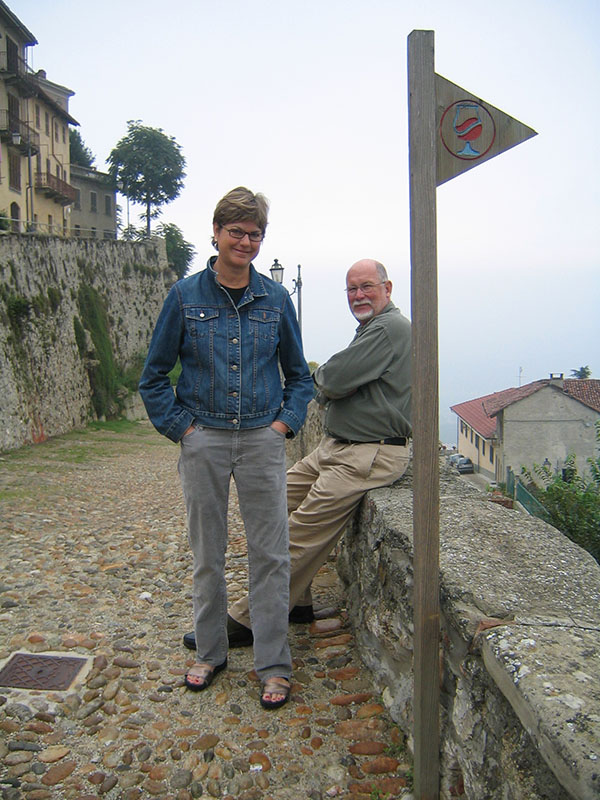
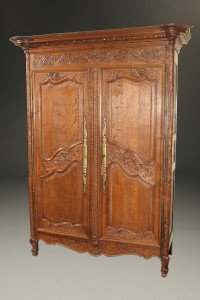 Very popular during the 18th and early 19th century, this piece is an example of a Louis XV Style Country French Armoire De Mariage. Circa 1820, it is made out of oak, and includes hand-made brass hinges and escutcheons. The construction is hand-pegged mortis and tenon joinery. Baskets of flowers adorn the cornice and center door panels, with a cornucopia of flowers on the top door panel. The carved acanthus leaves that decorate the top rim of the cornice are a nod to this popular motif in Greek and Roman architecture. Scrolled cabriolet legs support the piece.
Very popular during the 18th and early 19th century, this piece is an example of a Louis XV Style Country French Armoire De Mariage. Circa 1820, it is made out of oak, and includes hand-made brass hinges and escutcheons. The construction is hand-pegged mortis and tenon joinery. Baskets of flowers adorn the cornice and center door panels, with a cornucopia of flowers on the top door panel. The carved acanthus leaves that decorate the top rim of the cornice are a nod to this popular motif in Greek and Roman architecture. Scrolled cabriolet legs support the piece. An exceptional example of a “Comtoise” or “Morbier” Tall Case clock, this piece features a pine case hand-painted with a faux-grain made to look like light rosewood. The case was then hand-stenciled for additional decoration. The dial and pendulum were created through the repose technique, where brass sheets are hand-hammered or pressed into molds to create the intricate decorative details. The dial is enameled and includes a 31-day calendar and calendar hand. The clock chimes upon the hour, repeating 2 minutes later in case you missed counting the first chime sequence.
An exceptional example of a “Comtoise” or “Morbier” Tall Case clock, this piece features a pine case hand-painted with a faux-grain made to look like light rosewood. The case was then hand-stenciled for additional decoration. The dial and pendulum were created through the repose technique, where brass sheets are hand-hammered or pressed into molds to create the intricate decorative details. The dial is enameled and includes a 31-day calendar and calendar hand. The clock chimes upon the hour, repeating 2 minutes later in case you missed counting the first chime sequence.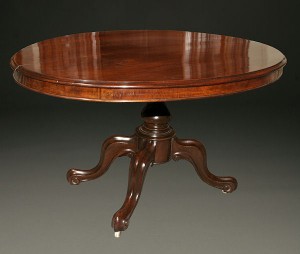 If you have a passion for antiques, you know that each piece tells its own story, has its own history and holds its own charm. Unlike mass-produced furniture, antique tables are more
If you have a passion for antiques, you know that each piece tells its own story, has its own history and holds its own charm. Unlike mass-produced furniture, antique tables are more The Indianapolis 500, the race that gave its name to a whole genre of auto racing, is just around the corner. The 500-mile, 200-lap race is held over Memorial Day weekend and draws more than 300,000 spectators each year. If you’re headed to Indianapolis on Memorial Day weekend, there’s a lot more to see in this revitalized city than just the race. At the Indianapolis Motor Speedway, the track complex where the race is held, there’s a fascinating museum that chronicles the race’s more than 100 year history. Exhibits include winning Indy cars, trophies, racing gear and profiles of the men and women who have competed in the Indianapolis 500. Events surrounding the race include a parade, a concert with Sammy Hagar and Sublime, and a 5K run.
The Indianapolis 500, the race that gave its name to a whole genre of auto racing, is just around the corner. The 500-mile, 200-lap race is held over Memorial Day weekend and draws more than 300,000 spectators each year. If you’re headed to Indianapolis on Memorial Day weekend, there’s a lot more to see in this revitalized city than just the race. At the Indianapolis Motor Speedway, the track complex where the race is held, there’s a fascinating museum that chronicles the race’s more than 100 year history. Exhibits include winning Indy cars, trophies, racing gear and profiles of the men and women who have competed in the Indianapolis 500. Events surrounding the race include a parade, a concert with Sammy Hagar and Sublime, and a 5K run.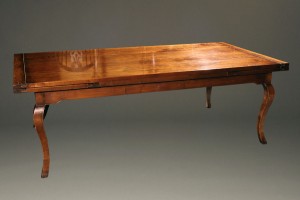 Indianapolis is known for its many varied restaurants. The region is famous for its pork tenderloin sandwiches as well as its abundant fresh produce. Central Indiana is also home to a growing number of brew pubs and ethnic restaurants. You definitely won’t go hungry in Indianapolis. Of course, Indianapolis offers plenty of shopping opportunities, also. There are antique stores in and around Carmel, just north of Indianapolis. as well as the huge selection of quality
Indianapolis is known for its many varied restaurants. The region is famous for its pork tenderloin sandwiches as well as its abundant fresh produce. Central Indiana is also home to a growing number of brew pubs and ethnic restaurants. You definitely won’t go hungry in Indianapolis. Of course, Indianapolis offers plenty of shopping opportunities, also. There are antique stores in and around Carmel, just north of Indianapolis. as well as the huge selection of quality 